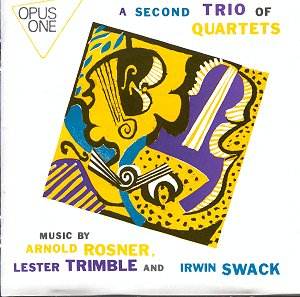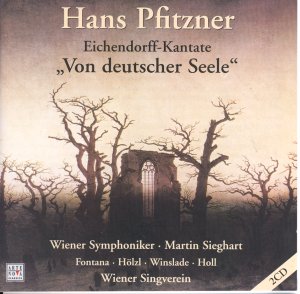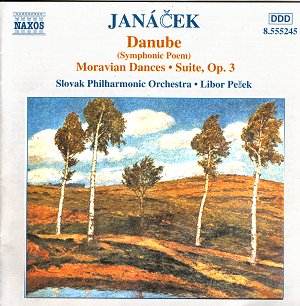 Composer: FORGOTTEN
Composer: FORGOTTEN
Works: VICTORIAN THEATRE MUSIC: SULLIVAN & BALFE
Performers: Alderley Singers & Festival Orchestra, conducted by Peter England
Recording: Recorded 18th November 2000, Alderley Edge, Cheshire
The rich tapestry of Victorian theatre music is often overshadowed by the towering figures of Gilbert and Sullivan. Yet, the contributions of composers like Michael William Balfe and Arthur Sullivan deserve a broader appreciation—especially in light of this recent recording that seeks to resurrect their lesser-known works. The album presents a dual homage: Balfe’s charming overture to “Le Puits d’Amour” and a selection of Sullivan’s songs, some of which have languished in obscurity since their creation. It is a reminder that the Victorian stage was fertile ground for musical innovation, often straddling the line between operatic sophistication and popular entertainment.
The opening tracks feature Balfe’s works, which include the well-loved “Come into the Garden, Maud.” While this piece might challenge the album’s titular assertion of ‘forgotten’ music, it serves as a delightful entrée into Balfe’s melodic world. The overture “Le Puits d’Amour” exhibits a suave orchestration and a melodic grace that Sullivan would emulate in his own oeuvre. Peter England’s conducting brings out the lush orchestral colors, revealing Balfe’s intricate textures that often go unnoticed. The performance is imbued with a sense of nostalgia, delicately balancing the exuberance of the melodies with a sense of longing that permeates Balfe’s romanticism.
Transitioning to Sullivan, the album offers a chronological exploration of his output, peppered with gems such as the songs from “The Sapphire Necklace”—notably the lyrical “Over the Roof” and “When Love and Beauty.” These selections, paired with the vivid soprano of Sarah Grey, showcase Sullivan’s early style characterized by a crystalline clarity and effervescent charm. The rescoring for this performance is deft, allowing for a fresh auditory experience while maintaining fidelity to Sullivan’s original intent. Particularly noteworthy is the song “Come away” from “The Emerald Isle,” which benefits from a nuanced interpretation, capturing its swan-song quality that resonates with both longing and joy.
The recording quality, engineered by Ray Walker, deserves commendation for its warmth and clarity. The intimate setting of Alderley Edge, with its amateur performers, creates a cozy atmosphere reminiscent of a Victorian salon. While some listeners may question the technical prowess of the ensemble, the spirit of the performance shines through, evoking the communal essence of Victorian musical gatherings. The contributions of soloists like Anthony Noden and Robert Wardle stand out, yet it is the youthful Tom Copeland who dares to tread on the delicate ground of “Maud’s Garden” with sensitivity that belies his years.
This venture into the lesser-known corners of Sullivan’s and Balfe’s repertoire is a valuable addition to the catalog of Victorian music. While not every piece may ignite the same fervor as their most famous works, the album offers a fascinating glimpse into the evolution of musical theatre in the 19th century. With its thoughtful programming and earnest performances, it appeals not only to aficionados of Sullivan and Balfe but also to anyone intrigued by the rich cultural fabric of Victorian England. The combination of historical insights, musical beauty, and a sense of discovery makes this recording a noteworthy testament to the enduring legacy of forgotten theatre music.



